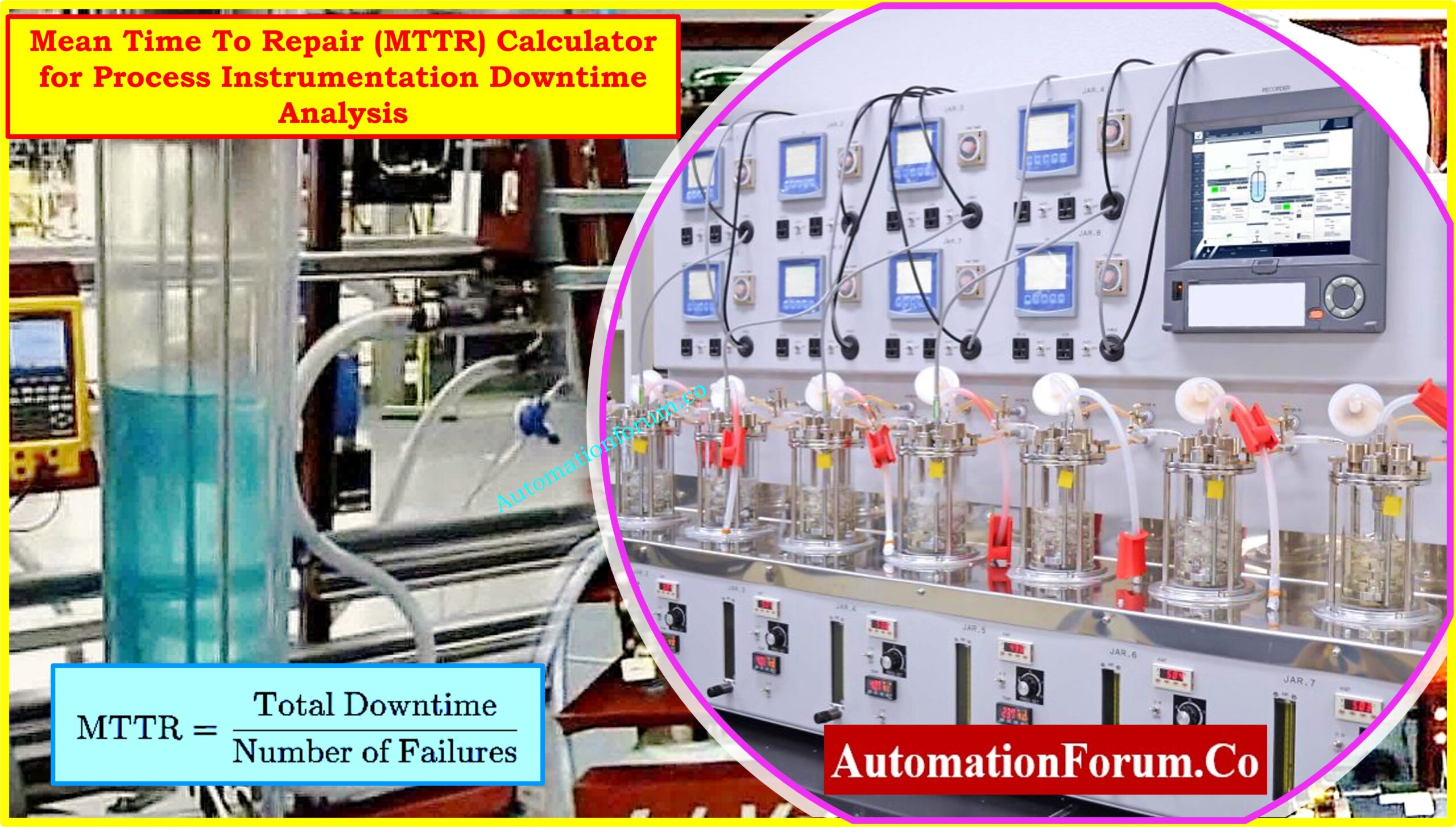Introduction
Current to pressure converter (I/P) converts an analog signal (4 to 20 mA) to a proportional pneumatic output (3 to 15 psi).It is one of the main pneumatic instruments used in industries. The most common application of I/P converter is to receive an electrical signal from a controller and provide proportional pneumatic output to control a positioner or a control valve.
Equipments needed
I/P converter, milliamp source,pressure source(20 psi),master gauge.
Note: no need of external power supply (24vdc)for working (neither for calibration)
Procedure of I/P converter calibration
Generally I/P converter is calibrated for standard industrial signals as 4-20 mA input and 3-15 psi output.

Refer following steps to calibrate I/P converter:
- Remove the I/P from the process.
- If there is any top cover in I/P remove it.
- Connect 20-psi supply pressure and connect a milliamp source to the I/P .
- Set the input signal to 4 mA and check the output pressure on gauge as 3 psi.
- If the pressure is showing more or less than 3 psi then adjust zero.
- Turn zero adjustment screw slowly by very small turn to obtain 3-psi pressure. More turning of zero adjustment may damage the I/P converter.
- Counter clockwise rotation increases the pressure, and clockwise rotation decreases the pressure.
- Set the input current signal to 20 mA and check the output pressure on gauge as 15 psi.
- Turn the span adjustment potentiometer very slowly by small turn to obtain 15-psi pressure. More turning of span adjustment may damage the I/P converter.
- Repeat step 4 to check that the desired low value (4 ma ~ 3 psi) has not changed after adjusting the span. If necessary repeat from steps 3
- Reconnect the I/P in the process.








